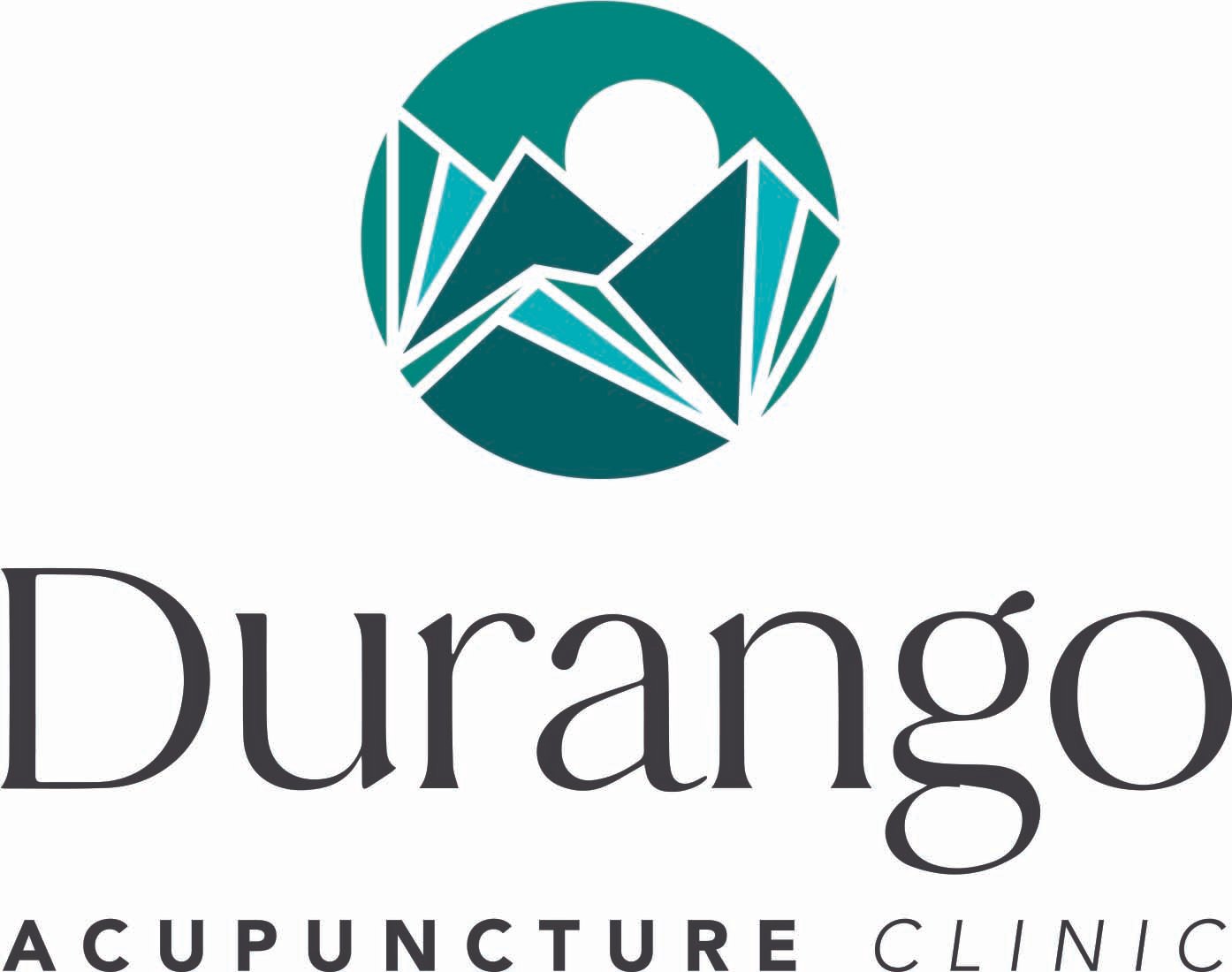Sciatica, it’s more than just a pain in the butt in Durango and Acupuncture can help.
While it’s physical manifestations may be confined to the buttocks or leg on one side, Sciatica, piriformis syndrome and herniated disks can create some serious limitations when it comes to doing the activities you love. When an injury or condition keeps you off your bike, out of the gym, away from your yoga, running or hiking practice, the emotional pain of vulnerability and depression can be far worse than the original issue. Here are some of the common complaints I hear from my sciatic patients at Durango Acupuncture Clinic.
Pain in the butt that is worse with sitting, hello desk job!
Numbness or burning pain that radiates down the leg.
Pain worsened by exercise, and generally everything fun.
Causes:
Structural impingement or compression of the sciatic nerve, which runs through the buttocks and branches down the leg to the calf and toes is the underlying culprit. While those with ultra tight hamstrings and back myofascial lines like couch potato’s, desk jockeys, car commuters and gym junkies compose the majority of the afflicted, yoginis aren’t in the clear either. Hyperflexibility is often a liability when it comes to the health of your joints, fascia and tendons, landing a number of cirque de soleil style yogis in my office with butt pain in Durango.
Why Acupuncture is the bomb when it comes to pain relief
It stimulates the nervous system which then tells the brain to:
Increase blood flow to the area of pain.
Reduce inflammation and reduce muscle contraction.
Release a cascade of your body's natural painkillers like endorphins, serotonin and enkephalins. Say goodbye to that pain in the tush!
How your MD treats Sciatica: Surgery, steroid injections, pain medications, hot and cold therapy and a surprising number of especially cool Doctors and PA’s are also referring their patients to Acupuncturists as well. :)
How I treat sciatica: After a thorough intake where I gather as much information about you, your symptoms, and their physical and emotional impact on your life, I’ll check your pulse and tongue and begin to make a Traditional Chinese Medicine diagnosis.
You’ll be invited to undress and slip under the warmed flannel sheets and blankets of my treatment table. Using oil massage techniques, I’ll begin to examine your back, detecting adhesions and trigger points along the length of the back and glutes. Once I find these active points, tiny needles are painlessly inserted. While your needles do their thing, you’ll be coaxed into deep relaxation through a short guided meditation after which you’ll be left for a few minutes of nap time with soothing music in the background.
These treatments also involve one or more adjunct therapies, including cupping, essential oils, moxibusition (heat therapy), myofascial release techniques, e-stim, guasha ( a deep tissue form of body work) or homeopathic traumeel injections. Traumeel injections are an effective, safe, natural and practically painless alternative to steroid injections and can be added to your treatment for a small additional fee.
Your treatment will likely conclude with a brief and minimal front treatment where distal points are used to increase circulation, blood flow and your body’s ability to heal itself. Prepare to be nurtured, and to leave feeling incredibly relaxed!
Typical treatment plan
I like to get you back on your bike, hiking trails or couch as quickly as possible. Often this requires twice weekly treatments for the first week or two. In this way, we’re able to ride the wave of progress we create together. Notice that I say we, because you’ll be expected to take an active role in your healing, I may recommend specific therapeutic yoga poses, exercises, supplements, foods or rest to ensure that you get the most efficient and dramatic results possible. Most patients experience significant results in these first few weeks and then gradually reduce their visits until they no longer need help or just come in occasionally for maintenance.


